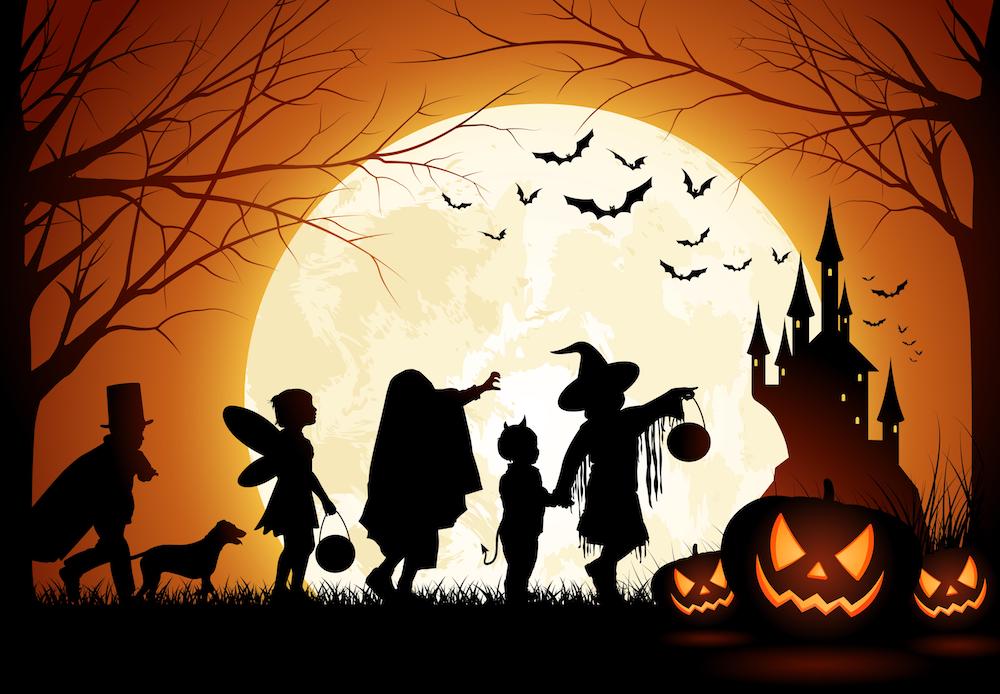Halloween is celebrated across many cultures around the world with parties and festivals, costumes and masks, tons of candy, and most identifiably, carving a pumpkin into a jack-o-lantern. Everyone associates Halloween with dressing up, telling ghost stores, having scary parties and trick-or-treating, but what most people don’t know is that Halloween is based on an ancient Celtic holiday, Samhain, which means “summer’s end.”
All Hallow’s Eve started in Ireland to ward off evil spirits. The end of the Celtic year, beginning at sundown on October 31st through sundown on November 1st, marked a night to honor loved ones that had died since it was believed to be the night that the veil between the living and the dead was the thinnest. On this night, the souls of the dead returned to join the living, and the people dressed in costumes to disguise themselves from these spirits.
Pumpkin Carving Tradition
So how did the tradition of pumpkin carving begin? Some believe the history of the jack-o-lantern comes from an old Irish folktale that told the story of a man named Stingy Jack, whom was not well liked due to the fact that he was a mean drunkard that took pleasure in playing tricks on others. However, that story just makes for good campfire talk.
The tradition of pumpkin carving into jack-o-lanterns began to scare away evil sprits that may have been lurking around. Lit jack-o-lanterns were placed on windows and porches to ward off the bad spirits and welcome the good ones. Interestingly, pumpkins were not the original vegetable that was used for carving jack-o-lanterns. Irish children, who first started the tradition, did so by carving out the centers of rutabagas, gourds, turnips and potatoes. It wasn’t until European settlers arrived in America and found that the pumpkin was larger and easer to carve, which made for the perfect choice for a jack-o-lantern.

Although Halloween didn’t catch on in American until the late 1800s, it has become one of the most anticipated and celebrated holidays of the year!
Via: Pumpkin Carving 101
-MB
